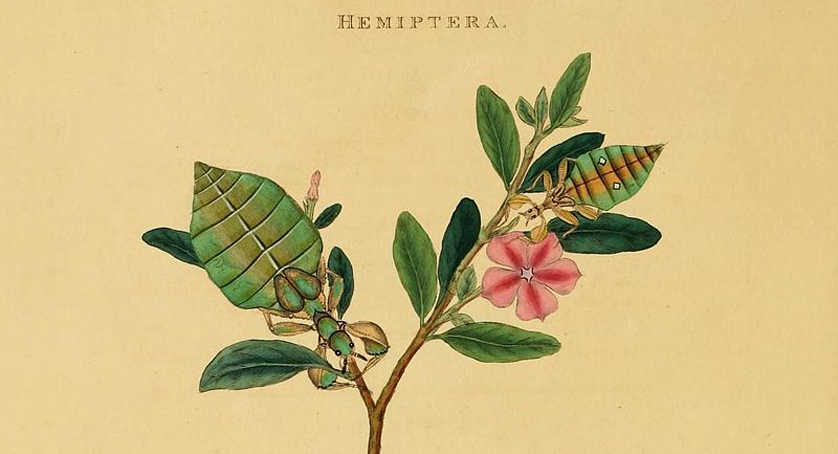Observation and Analogy in Enlightenment and Romantic Natural History

Summary
This project examines the roles played by observation and analogy in the natural history of the long eighteenth century (1700-1835). Specifically, it considers the complex and interlocking ways in which eighteenth- and early nineteenth-century ideas about plants and animals were shaped by both figurative and scientific forms of comparison. Engaging with a wide range of natural history sources, notebooks, travel narratives, and poems, it seeks to demonstrate how the observation of affinities across different kinds and kingdoms enabled Enlightenment and Romantic natural historians to draw conclusions from one living thing to another and to extend botanical and zoological knowledge into new areas, while at the same time drawing attention to the limitations of the analogical models and metaphors they used.
Investigator
Dr Alexandra Hankinson (University of Melbourne)
Themes related to this project
Research projects
- Architectures of Imagination: Bodies, Buildings, Fictions, and Worlds
- Azuchi Screens Research Network
- Beyond Identity: Romanticism and Decreation
- British Romanticism and colonial modernity in India, 1780-1840
- Climate Science Denialism and its populist Analogs
- Critique, Creativity, Innovation
- Extremism and the Australian Imaginary
- Gothic Fictions: Emotion, Contagion, and the Transformation of Experience in Modernity
- Human Kind: transforming identity in Australian and British portraits 1700-1900
- Islam and the Left in Indonesia and Turkey
- Kenzaburo Ōe and William Blake: Modernity, Romanticism, Japan
- Literary Romanticism and the Media of Romantic Love
- Natural Born Subjects: A Cultural History of Naturalization in Britain and the Australian Colonies, 1660-1850
- New tastemakers and Australia's post-digital literary culture
- Observation and Analogy in Enlightenment and Romantic Natural History
- Reconstructing museum specimen data through the pathways of global commerce
- Regency Flash: Britain, Ireland and Australia, 1788-1848
- Romantic Worlding
- The Butterfly Men of Kuranda: natural history dealers in the 'deep north'
- The George Lyell Collection
- The Past and Present of Sugar
- The Pasts and Futures of Virtual Reality
- Theorising the online anti-public sphere
- War-Widow, Mother, Slave, Refugee: Andromache in Romantic Europe
- William Blake and the History of Imagination: Poetry, Prophecy, and Secularization
- World Literatures, Theatres and Cultures research network